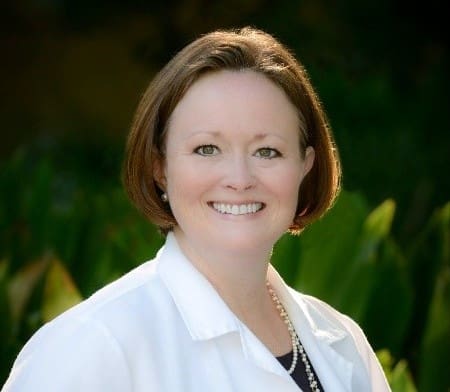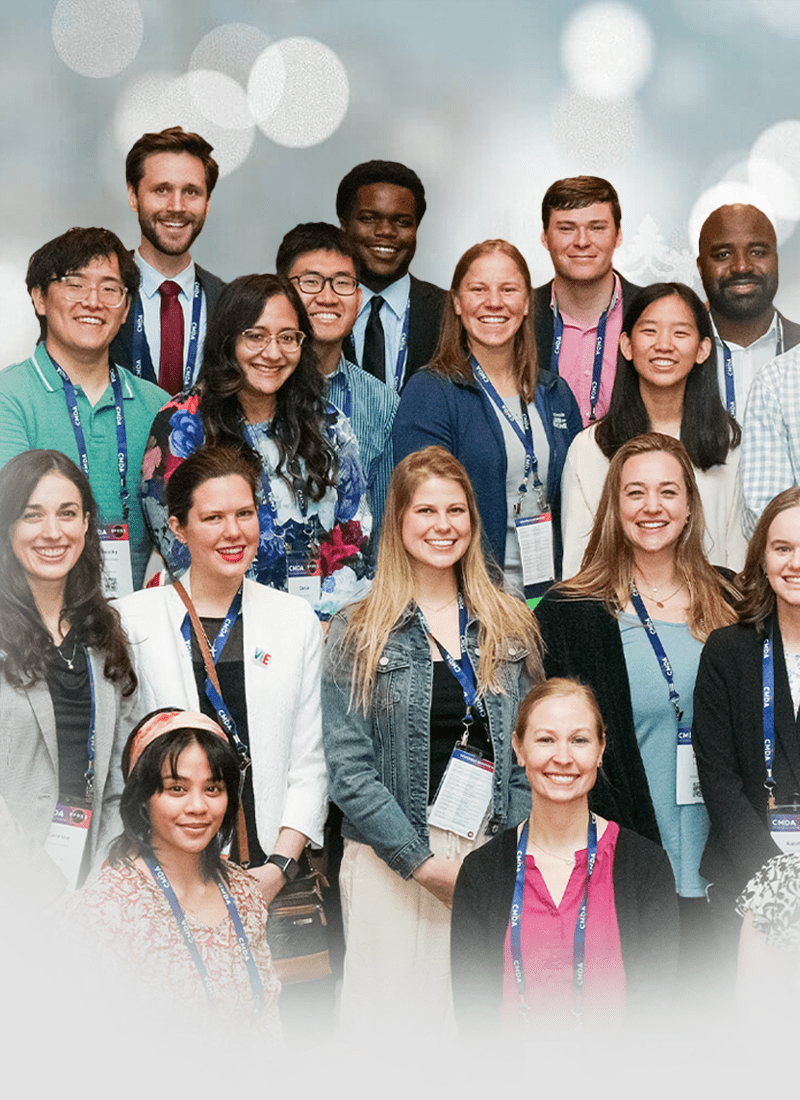
The purpose of this blog is to stimulate thought and discussion about important issues in healthcare. Opinions expressed are those of the author and do not necessarily express the views of CMDA. We encourage you to join the conversation on our website and share your experience, insight and expertise. CMDA has a rigorous and representative process in formulating official positions, which are largely limited to bioethical areas.
App Blogs, Doctor-Patient Relationship, and Patient Care
Becoming Patients Ourselves
July 20, 2023
by Autumn Dawn Galbreath, MD, MBA
Remember that old William Hurt movie The Doctor? It was a fantastic movie, not least because it starred both William Hurt and Mandy Patinkin. (If you never saw it, you should stop reading and go watch it right now—I am sure it’s streaming on at least one of the 1,000+ streaming services out there.) Not surprisingly, The Doctor is the story of a doctor, Jack McKee. He lives a non-emotional life, treating both family and patients with a casual brusqueness that is sometimes off-putting, and sometimes even cruel. The story turns when he is diagnosed with cancer and the doctor becomes the patient. I was not yet a doctor when the movie came out in 1991, but was working hard to become one, and I found the movie inspiring, wanting to emulate the new and improved William Hurt after his cancer diagnosis. I recently rewatched it and found it disturbing rather than inspiring, realizing that I related more to William Hurt, the burned-out, emotionless doctor, than I did to William Hurt, the renewed doctor with rejuvenated priorities. It’s funny how 32 years, one medical degree, one residency and thousands of patients have made me less idealistic and more cynical. I think this is a common problem among healthcare professionals. The hard work, sleepless nights, electronic medical records, overdue accounts receivable, patient Google searches and vaccine conversations combine to wear away at us like the proverbial Chinese water torture, driving us mad drip by drip.
How and when did we become cynical and emotionally unengaged with our patients? And what can any of us do to fix it?
One option is the path William Hurt took in the movie—become patients ourselves. Not exactly anyone’s first choice, but sometimes it’s the plan that is handed to us. I recently had an opportunity to walk this path, and I learned almost as much as William Hurt did in 1991.
I had a kidney transplant in May of this year, with my husband David as my donor. This afforded us the opportunity to experience the healthcare system in a completely new way, since neither of us had previously had major surgery. It also afforded us the opportunity to be completely dependent for a month or so on our young adult kids, our families and our community. And it afforded me the opportunity to learn what it’s like when the doctor becomes the patient. We had a very good hospital experience on a dedicated floor with a tight-knit team—sort of a best-case scenario for hospitalization. Plus, I’m a physician—a best-case scenario for understanding my care. Despite these best-case dynamics, there were still so many holes that needed to be plugged. Though my practice is only outpatient now, my experience will impact the care and communication I give my patients going forward.
Here are the lessons I will hold onto for the rest of my career:
- Patients and their families generally have no idea what is happening.
Even as a physician myself and even in a hospital where I have worked in the past, the process of the hospital was mysterious, with people coming and going, labs being drawn and vitals being taken at all hours. I was supposed to order my food for each meal, but I never could get the timing quite right, so I kept getting the default tray, which I suspected was yesterday’s leftovers (sort of kidding!). I wanted to talk to my husband’s doctors, but I couldn’t get up to get to his room when they rounded at 5 a.m. I wanted him to talk to my doctors, but that posed the same problem. I wanted to ask some questions, but I couldn’t remember them when the team came in before beginning their surgical day. I had to write a list for myself to make sure I got the information I needed. My husband needed some Colase and his surgeon was in the operating room all day, causing an eight-hour delay in giving the order. Meanwhile, our daughter went out to CVS and brought him some Colase, which is, after all, an over-the-counter medication.
The next time a patient pulls out a list of questions for me, I will not inwardly sigh and think about how many patients are in the waiting room. I will ensure the patient in front of me leaves with the best information I can provide. And the next time a patient makes a request for a refill or an over-the-counter medication to be prescribed so they can pay with their Flex Card, I won’t put it on my list of things to take care of later. I will do it immediately. And anytime I have the opportunity to set patient expectations and educate them on the process of their care, I will take the time to do so.
- Patients are worried about costs.
While it’s true I have very little control over cost, being an employed physician in an organization with many insurance contracts, the patient doesn’t know who else to ask. It’s easy to say, “I don’t know,” and refer them to billing, but it’s better to give what information I can and give them a specific person or process for obtaining more information.
In addition, patients don’t understand how the system is set up, so when they get a dozen separate bills—hospital, surgeon, anesthesiologist, radiologist, outpatient lab, pharmacy—they don’t understand why these costs are all separated. They might not even understand their insurance coverage. The more we can explain how to navigate the system, the more we enable patients to find the information they need and advocate for themselves when necessary.
- Patients haven’t read the InterQual guidelines. They just know how they feel.
My husband was discharged 24 hours after his surgery with assurances that his pain would improve and with a prescription for pain medication. As his pain worsened at home, he didn’t know whether or not it was sufficient pain for readmission or how to get readmitted if he wanted to. We often feel frustrated with patients for “bouncing back” without thinking about how scary it is to be a non-medical person at home not understanding what your body is doing. Better patient education could help with this, but a compassionate healthcare professional on the receiving end is the most important part of calming fears and easing pain.
- Patients generally see us at their most vulnerable and have difficulty advocating for themselves.
I want to be a better patient advocate, assisting where I can with appointment scheduling for referrals, prescriptions that are lost in the system and all the myriad other details that make navigating the healthcare system so difficult.
- Patients are often completely dependent on others.
My husband and I have loving families, three young adult children and an incredible community that surrounded us with love and care. Many patients don’t. It was hard to feel dependent on others, even those who love us. I can’t imagine how difficult it would be to depend on caregivers or social workers or distant relatives in a time like this. Of course, healthcare professionals can’t solve patients’ lack of social support, but we can ensure that we communicate clearly with everyone who will be involved in the patient’s care, that we provide clear instructions to the patient and that we show compassion for their dependence and vulnerability.
- Patients are scared.
I have a lifelong genetic kidney disease that I knew would eventually lead to a transplant. I have a husband who was a match and was willing to be my donor. I have medical knowledge of the procedure, the failure rate, the complication rate and the very high likelihood of success. I have a God who I know is sovereign and who numbers my days. But lying on the pre-op bed while the nurse asked me questions off at least dozen forms, I was scared. Feeling the first injection of sedation going into my IV, I was scared. Waking up in the ICU with a painful incision, a groggy half-sedated mind and lots of tubes, lines and beeping machines, I was scared. I imagine the average patient, with no medical knowledge and a more acute reason for the surgery, is even more scared. While I’m not a surgeon, I still have opportunities to allay fears and provide appropriate reassurance. I will neither take those opportunities for granted nor find them frustrating. I will consider them privileged moments with people who look to me for care.
I don’t think I was anywhere near William Hurt’s level of burnout and cynicism, and you probably aren’t either. He was an extreme case. I also realize that what I have described is the opposite extreme and that we can’t meet every need of every patient. There is only so much time in a day, after all. However, if we approach every patient encounter with the mindset we had back at the beginning—the wonder of the human body and the privilege of sharing people’s most private moments—we will begin to do a better job in all of these areas. I can’t fix the holes in the U.S. healthcare system, and I will burnout fast if I try. But I can plug the holes for one patient. And then for another one. And I can keep doing this one day at a time. That’s Christian medical and dental care, and it’s what we wanted when we started in this profession.



Thank you for sharing your story and for these reminders! I hope you are both healing up well!
First of all, I am ecstatically happy that you and David are on this side of your surgeries. I pray your recoveries are smooth and rapid and complete.
I had a different reaction to the movie The Doctor. I was already a doctor when it came out and found his “pre-illness” behavior to his patients as nasty. I didn’t get the impression he had ever gone been a hopeful idealist, and I never thought of him as “burned out.” He was just nasty. Then after his illness he was still nasty, but this time only to other hospital employees, and no longer to his patients.
Your suggestions for doing acts of kindness for patients are excellent. Interacting with the medical system is such a snarl for all of us — and most of all for those most vulnerable.
I absolutely agree with Dr. Galbreath. As a pediatrician, advocating for my patients has become second-nature but the risks of burnout are still prominent and ever-present. As a patient on the adult side of healthcare, I have found it bewildering and overwhelming, even as a physician. I have had to advocate for myself in ways that would be unthinkable for a pediatric patient and their parents, in the end managing my own care as I slip through the cracks of a broken healthcare system. While it is not life-and-death, it is disturbing. And I have a new respect for the bewilderment of adults who ask me for advice, whether members of my church, my adult family members, or even the parents of my patients. There is nothing quite so humbling as to be brushed off by your own physician when you are frightened and hurting. So when a mother expresses fear over a “simple procedure” such as tubes for recurring ear infections, I do not brush her off. That is a frightening moment to watch strangers wheel your baby away, hoping that all those “risks” you just consented to don’t happen.